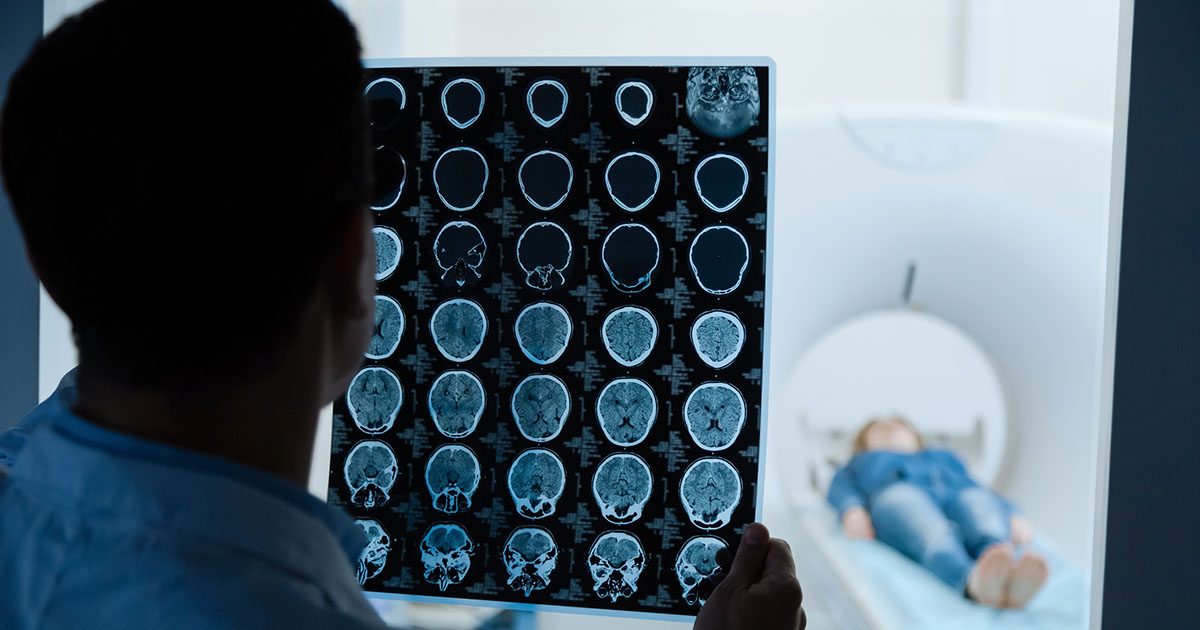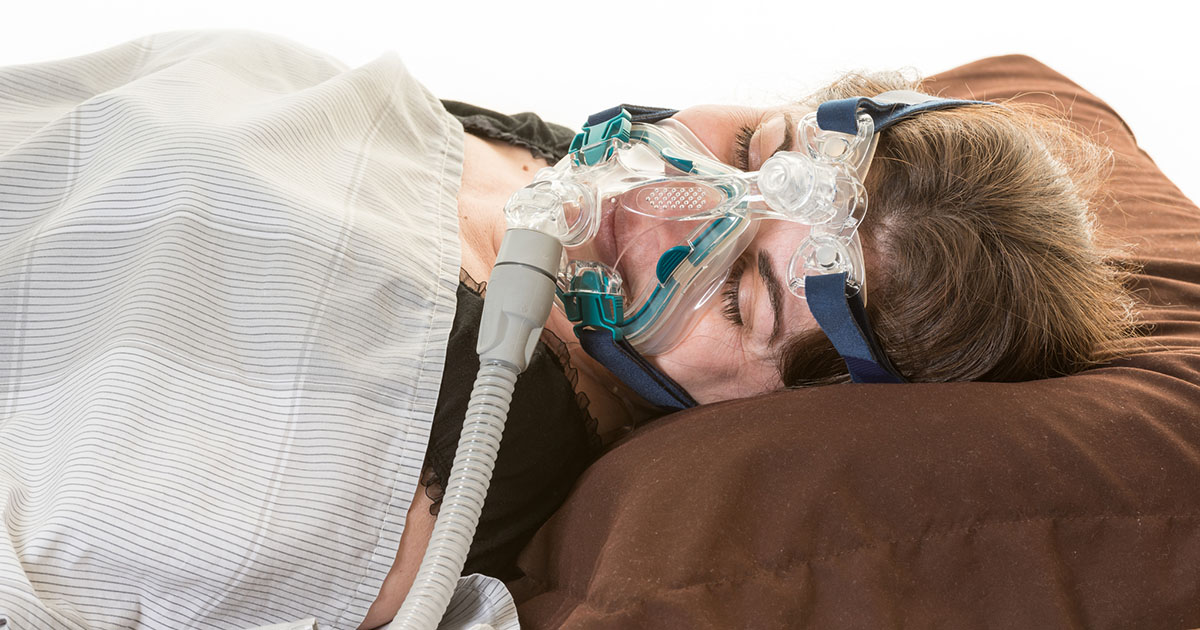Everything Patients Need To Know About Goldenhar Syndrome
Diagnosing Goldenhar Syndrome

Doctors diagnose Goldenhar syndrome by identifying the characteristic symptoms previously mentioned. They go about doing this by conducting a physical examination as well as specialized testing. Specialized tests for this condition include obtaining x-rays of bones, magnetic resonance imaging (MRI) to obtain detailed images of organs and other body structures, and a computed tomography (CT) scan, which combines computer technology and x-rays to produce cross-sectional images of the body. Doctors may also require genetic testing to rule out any potential conditions with similar markers. Additionally, many doctors use an ultrasound, typically used to track fetal development, to detect organ abnormalities, particularly on the heart and kidneys. Finally, should the patient exhibit signs of hearing or vision loss, doctors will also use hearing and vision tests to assess the extent of the issue.
Beyond providing a detailed diagnosis of Goldenhar syndrome, the results of these medical tests are key for doctors to develop an individualized plan for treating and managing the patient’s condition. Speaking of treatment, continue reading to see what it entails for Goldenhar syndrome.
Treatment And Management Options

Patients will receive individualized treatment for their condition based on the symptoms they exhibit, as well as the severity. Treatment will also vary based on the age of the patient and what they require during their growth. What is common, however, is to have a team of specialists managing each patient’s care.
The common issues doctors address when treating a patient’s Goldenhar syndrome include feeding and breathing issues. Feeding issues often require gastrostomy tube placement, supplemental nasogastric feedings, and even special bottles that are often meant for babies. Breathing issues include sleep apnea, which may require a breathing machine during sleep. Other common problems treated include hearing loss requiring the use of hearing aids, speech issues treated with speech therapy and evaluation, as well as surgeries to correct cleft lip and cleft palate, epibulbar tumors, and other symptoms requiring surgical intervention.
